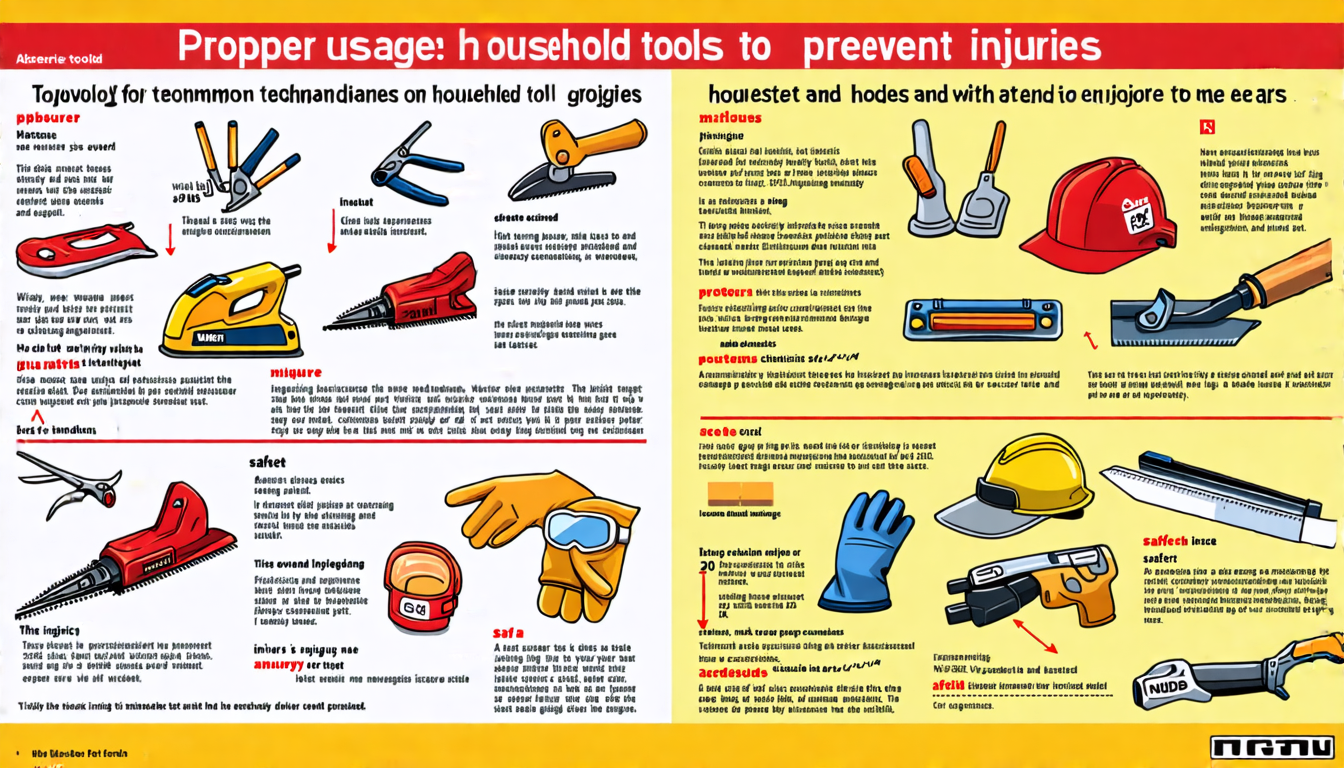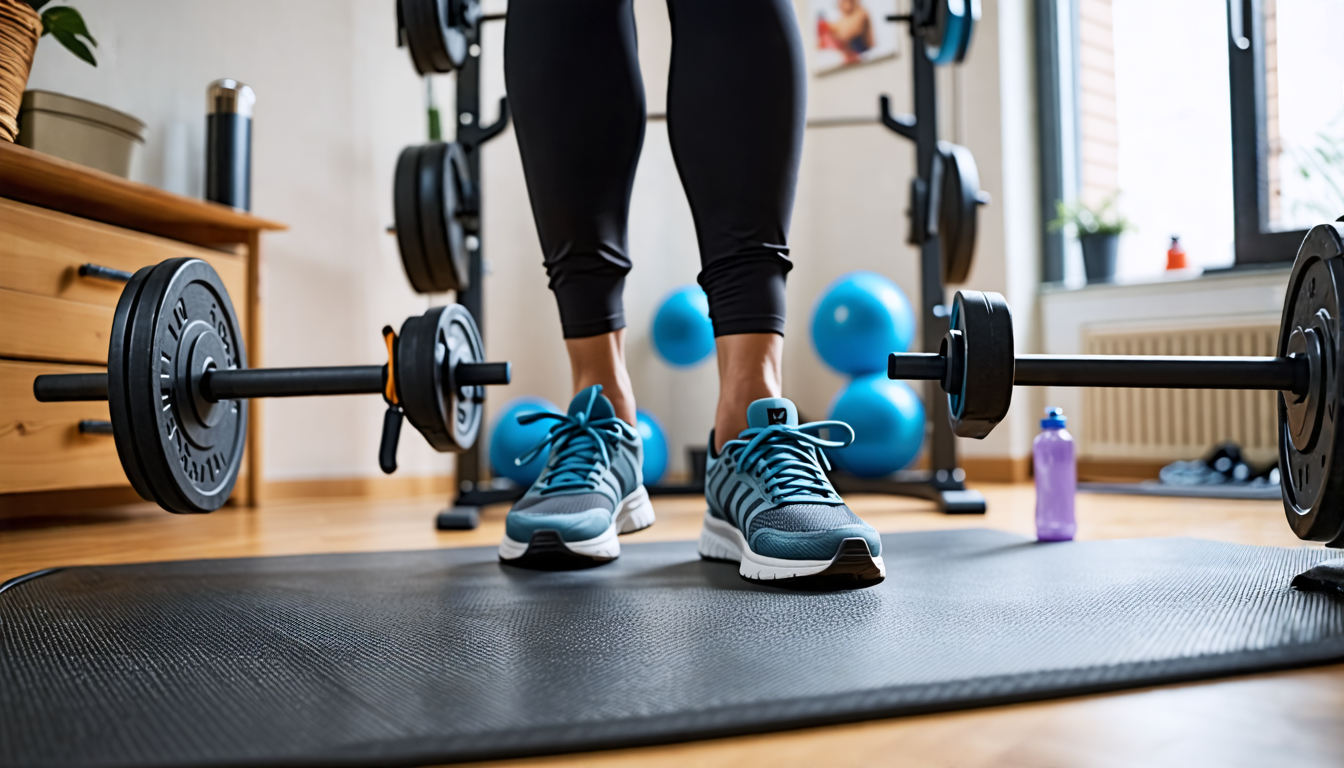In the pursuit of a healthier lifestyle, home fitness has emerged as a convenient and effective solution. Amid various exercise tools available for home workouts, the fitness bar stands out as a versatile piece of equipment that can significantly enhance strength training routines. However, its benefits can only be fully realized by adhering to essential safety precautions. This article delves into the critical measures you need to take when using a fitness bar at home, emphasizing the significance of checking the equipment before use, mastering proper usage techniques, and creating a secure training environment. By following these guidelines, you can minimize the risk of injury and make the most of your fitness regime from the comfort of your home.
Importance of Checking Equipment Before Use
Inspecting the Fitness Bar for Damage or Wear
Ensuring that your home fitness bar is in optimal condition is paramount for a safe workout experience. Before each session, take a few moments to inspect the fitness bar for any visible signs of damage or wear. Look out for cracks, bends, or any rusting, especially around critical points like where the weights attach. Damaged bars can snap under pressure, leading to potentially severe injuries. Regular inspection helps you identify small issues before they become significant problems, enhancing your workout safety and extending the life of your equipment.
Ensuring Secure Attachments and Proper Weight Distribution
Another crucial aspect of using a fitness bar safely at home is to check that all attachments, such as weight plates and collars, are secure. Loose weights can shift during exercises, disrupting your balance and leading to accidents. Ensure that each weight plate is firmly in place and that collars or clips are tightly secured to prevent any movement. Additionally, pay attention to weight distribution. Unevenly distributed weight can cause instability, increasing the risk of accidents and injuries. Always double-check that the left and right sides of the bar have the same amount of weight to maintain balance and control throughout your workout.
Verifying the Training Environment for Safety Hazards
Before you start your workout with a fitness bar, it’s essential to verify that your training environment is safe. Clear the area around your workout space to avoid tripping over items or slipping on loose objects. Ensure that the floor is stable and not slippery, as a good grip can prevent falls during heavy lifting. Additionally, confirm that there is ample room to move without the risk of hitting walls, furniture, or other gym equipment. Good lighting is also crucial for visibility and to ensure you can see and react to any potential hazards promptly. Taking these extra steps can create a safer and more effective exercise environment at home.
By incorporating these safety checks into your routine, you not only protect yourself from injury but also promote a consistent and productive fitness regimen. Regular inspection of your fitness bar, confirming secure attachments and weights, and ensuring a safe workout environment are all critical components of a safe and effective home fitness routine.

Proper Usage Techniques to Prevent Injuries
One of the most crucial aspects of ensuring safety when using a fitness bar is to adopt proper usage techniques. Knowing how to correctly handle the equipment, understanding the mechanics behind your workouts, and taking necessary precautions can prevent a multitude of potential injuries. Here are some key points to consider:
Learning and Applying Correct Form and Posture
Understanding and maintaining the right form and posture is fundamental when using a home fitness bar. Incorrect posture not only reduces the effectiveness of your workout but significantly increases the risk of injuries such as muscle strains, joint problems, and even severe back issues.
When performing exercises like squats, deadlifts, or bench presses, your body alignment plays an essential role. Make sure to:
- Keep a Neutral Spine: Always maintain a neutral spine position to minimize stress on your vertebrae.
- Align Your Knees and Toes: During squats, ensure that your knees do not move inward but stay aligned with your toes.
- Position Your Hands Correctly: Proper hand placement on the fitness bar can improve stability and reduce undue strain on your wrists and shoulders.
- Engage Core Muscles: Tighten your core to provide better support and balance throughout the exercise.
Online tutorials, instructional videos, and even virtual coaching sessions can provide valuable insights into proper techniques, especially for those setting up a home gym and aiming to maximize the efficacy of their fitness bar routines.
Gradually Increasing Weight and Intensity
Another crucial safety measure is to avoid the temptation of lifting heavy weights too soon. It is vital to allow your muscles and joints to adapt to the increasing weight and intensity levels gradually.
To achieve safe and sustainable progress:
- Start with Lighter Weights: Begin with weights that allow you to maintain proper form throughout the exercise.
- Follow a Structured Program: Adhere to a well-designed workout plan that systematically increases weight increments.
- Listen to Your Body: Pay attention to any discomfort or pain, which can be a signal to adjust your weights or take a rest period.
- Incorporate Rest Days: Ensure your program includes rest days to allow muscle recovery and prevent overtraining.
A gradual approach not only safeguards your well-being but also lays a solid foundation for achieving long-term fitness goals. This principle is particularly important for home fitness enthusiasts, where supervision and professional guidance may be limited.
Utilizing Spotters and Appropriate Safety Gear
Regardless of your strength or experience level, using spotters and the right safety gear is essential for preventing injuries. This is especially pertinent when dealing with heavy weights or trying new exercises.
To enhance your safety:
- Use Spotters: Engage a spotter, preferably someone experienced, to assist you, particularly during high-risk exercises like bench presses. In a home setting, having a family member or workout partner can fulfill this role.
- Safety Clips and Collars: Ensure that weights are securely fastened to the bar with safety clips or collars to prevent plates from slipping off during lifts.
- Invest in Quality Gear: Utilize gear such as wrist wraps, weightlifting belts, and knee sleeves which provide additional support and stability.
- Use a Power Rack: A power rack or squat rack with adjustable safety pins can offer substantial protection by catching the bar in case you lose balance or fail a lift.
While setting up a home gym, it is prudent to invest in high-quality, durable equipment designed with safety in mind. Additionally, dedicating a specific, well-organized space for your fitness activities can contribute to a secure workout environment.
By embracing these proper usage techniques, you not only enhance the safety of your home fitness bar workouts but also optimize your performance, making your fitness journey both safe and effective.
In conclusion, prioritizing safety when using a home fitness bar is essential for an effective and injury-free workout routine. Regularly inspecting the fitness bar for any signs of damage or wear and ensuring that all attachments are secure is fundamental. Proper weight distribution must be verified to prevent imbalances that could lead to accidents. Additionally, maintaining a clutter-free training environment can minimize the risk of inadvertent injuries.
Adhering to proper usage techniques is equally important. Learning and consistently applying correct form and posture can significantly reduce the likelihood of strain or injury. It’s crucial to increase weight and intensity gradually to allow your body to adapt to new challenges without being overwhelmed. For certain exercises, involving spotters and utilizing appropriate safety gear, such as gloves and belts, can provide additional layers of protection and confidence.
By meticulously checking your equipment, ensuring a safe environment, and committing to correct usage practices, you can enjoy the benefits of your home fitness bar with peace of mind. These precautions not only safeguard your physical well-being but also enhance the overall effectiveness of your workouts, allowing you to achieve your fitness goals safely and efficiently.

